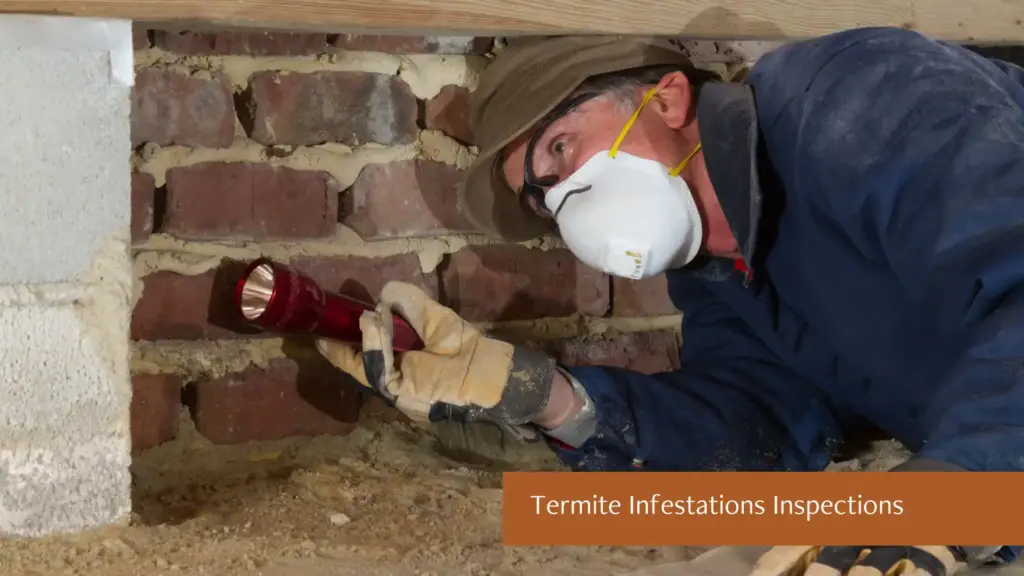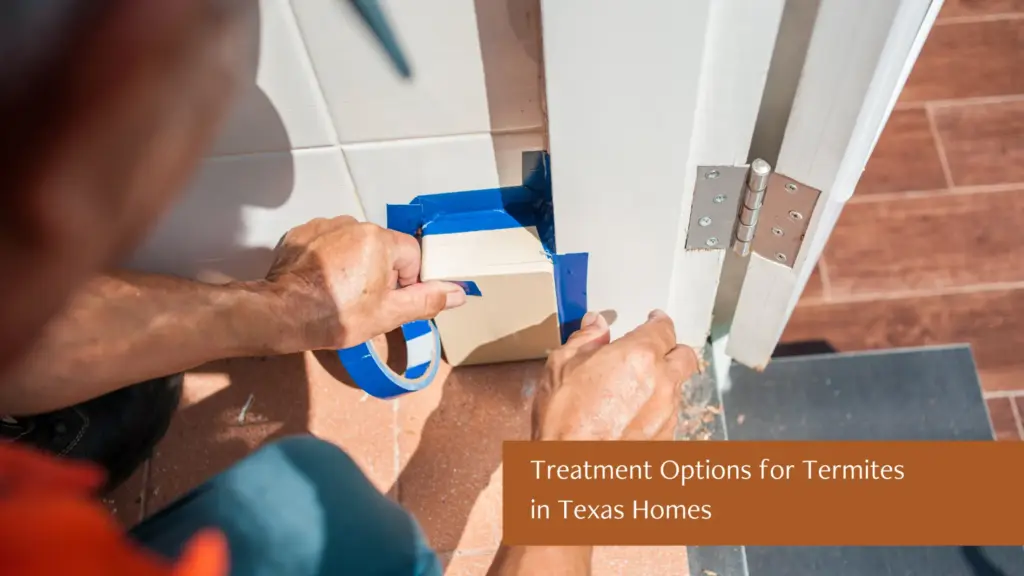Effective Ways to Handle Termites in Texas Homes
Termites in Texas are a persistent problem for homeowners, causing extensive damage that can compromise the structure and value of a property. Texas’ warm climate with its humid conditions creates an ideal breeding ground for termites, particularly subterranean species that thrive in moist soils. Addressing termite control early is essential to save time, money, and headache. This guide provides practical prevention strategies, effective treatment options, and insights into the role of professional pest control.

Why Texas Homes Are Especially Vulnerable to Termites
Before exploring solutions, it’s critical to understand why Texas homes are especially prone to termite infestations. The state’s climate—characterized by high temperatures and significant humidity—is perfect for subterranean termites, which are the most destructive termite type in the U.S. Texas also has an abundance of wood-based construction materials, increasing the risk.
Understanding the link between the state’s environment and termite problems highlights the need for proactive and customized termite control strategies tailored specifically for homes in Texas.
Prevention Strategies to Protect Your Home
Prevention is always easier—and more cost-effective—than dealing with a full-blown infestation. Implement these strategies to protect your Texas home:
1. Minimize Moisture Around Your Property
- Why It Matters: Termites, especially subterranean termites, need moisture to survive and thrive. Excess moisture provides a suitable environment for termite colonies to grow.
- How to Do It: Repair any leaky pipes, ensure proper drainage away from your home, and fix gutters to prevent water from pooling around your foundation.
2. Maintain a Well-Designed Landscape
- Why It Matters: Improper landscaping, such as plants placed too close to the house or mulch in direct contact with the foundation, can provide easy pathways for termites to access your home.
- How to Do It: Keep plants at least 12 inches away from your home’s foundation and use alternatives to wood-based mulch, such as gravel or rubber mulch.
3. Seal Entry Points
- Why It Matters: Cracks and gaps in your home’s foundation provide easy entry points for termites.
- How to Do It: Use silicone-based caulking or foam sealants to close all visible cracks, especially in your foundation, windows, doors, and utility openings.
4. Reduce Wood-to-Soil Contact
- Why It Matters: Direct contact between wood and soil is one of the most common ways termites enter homes.
- How to Do It: Ensure that no wooden structures, such as decks or porch supports, are in direct contact with the soil. If replacing parts of your deck or fence, use pressure-treated or composite materials.
5. Schedule Regular Inspections
- Why It Matters: Even with the best prevention efforts, termites can still find a way into your home. Regular inspections catch issues long before they become major problems.
- How to Do It: Work with a professional pest control company to schedule annual or bi-annual inspections.

Treatment Options for Termite Infestations
If termites have already infiltrated your home, there are effective treatment options to eliminate them. Here’s what you need to know about each method:
1. Bait Stations
- What It Is: Bait stations are strategically placed around your property to attract and eliminate termites. These stations contain slow-acting insecticides that termites take back to their colonies, effectively wiping out the entire nest.
- Best For: Long-term control and prevention when paired with monitoring systems.
- Tip: Work with a termite control specialist to ensure bait stations are installed and monitored correctly.
2. Liquid Termiticides
- What It Is: Liquid termiticides are applied around the perimeter of your home to create a chemical barrier that repels termites or kills those that come into contact with it.
- Best For: Immediate action against termites actively invading your home.
- Tip: Use professional-grade termiticides applied by a licensed technician for the best results.
3. Wood Treatments
- What It Is: Preventative or corrective treatments applied directly to wooden structures in your home. These treatments use borate solutions to make the wood less appealing to termites.
- Best For: Homes under construction or to treat already-infested wood.
- Tip: Consider wood treatments as part of a broader integrated pest management plan.
4. Fumigation
- What It Is: For severe infestations, fumigation involves enclosing your home and releasing gas to exterminate existing termites. While effective, this method is invasive and requires evacuation.
- Best For: Large-scale infestations or drywood termites.
- Tip: Use this as a last resort due to the level of disruption involved.
5. Integrated Pest Management (IPM)
- What It Is: A combination of multiple approaches, including baiting, chemical treatments, and prevention measures.
- Best For: Comprehensive and long-term termite management.
- Tip: Consult with a certified pest management professional to design an IPM plan tailored to your home.
Why Professional Pest Control Services Are Critical
While DIY solutions may seem appealing, they are rarely effective in addressing termite infestations, particularly in regions like Texas where conditions heavily favor these pests. Here’s why a professional service like Brooks Pest Solutions can make all the difference:
- Advanced Knowledge: Professionals know exactly where termites like to hide and how to treat infestations based on species type and environmental factors.
- Specialized Tools: Pest control companies have access to tools and treatments not available to homeowners, such as advanced monitoring systems and high-grade termiticides.
- Preventative Planning: Experts create customized prevention plans to ensure termites don’t return, protecting your home for years to come.
Partner with Brooks Pest Solutions for Effective Termite Control
Protecting your Texas home from termites takes more than DIY fixes or one-off treatments. The team at Brooks Pest Solutions specializes in comprehensive termite control services, from preventative care to targeted treatment methods that ensure long-term success. With their expertise and proven track record, you can rest easy knowing your home is in capable hands.
Don’t wait for termites to cause costly damage—act now! Contact Brooks Pest Solutions today to schedule a professional inspection and take the first step toward a termite-free home.
